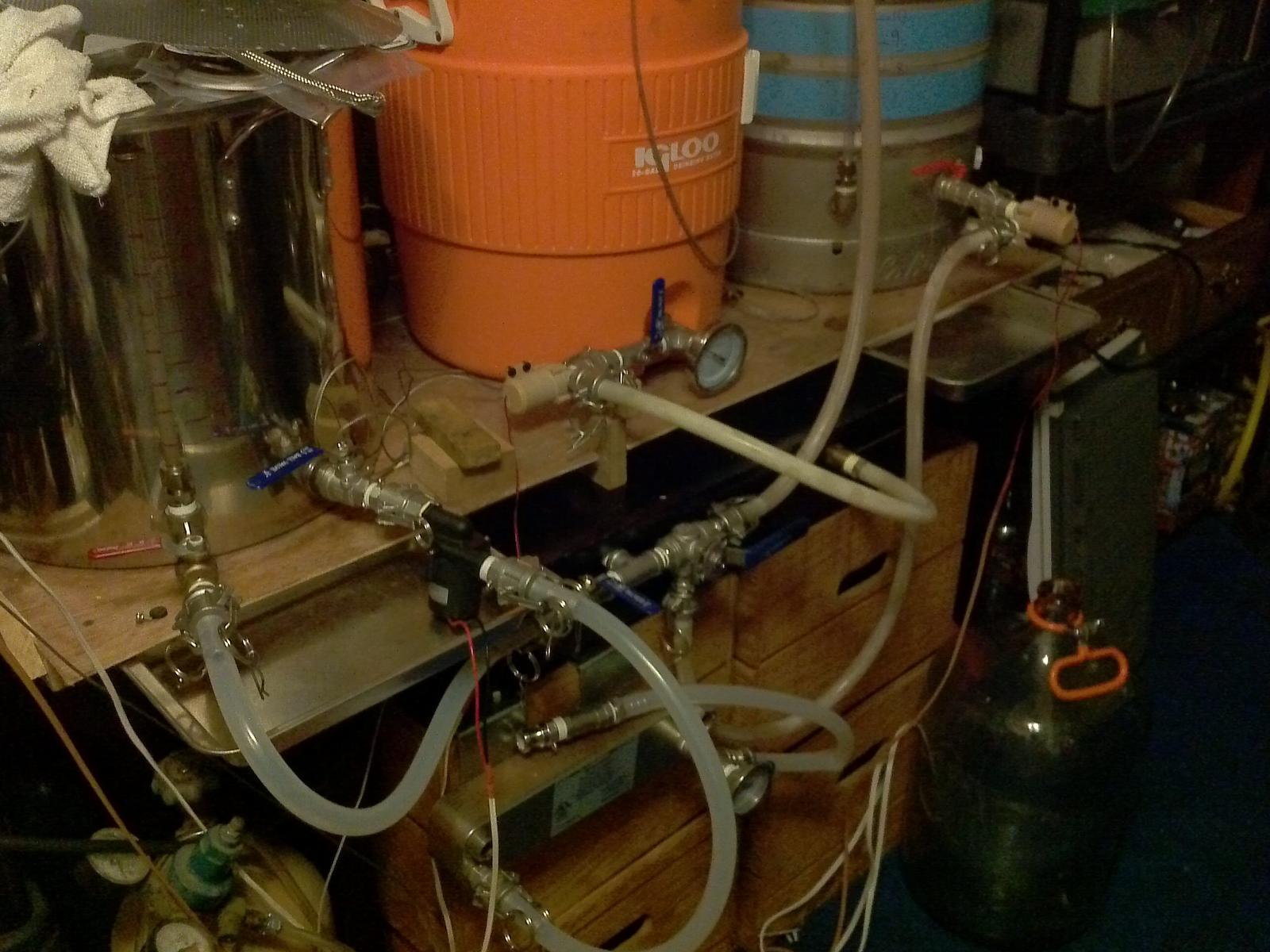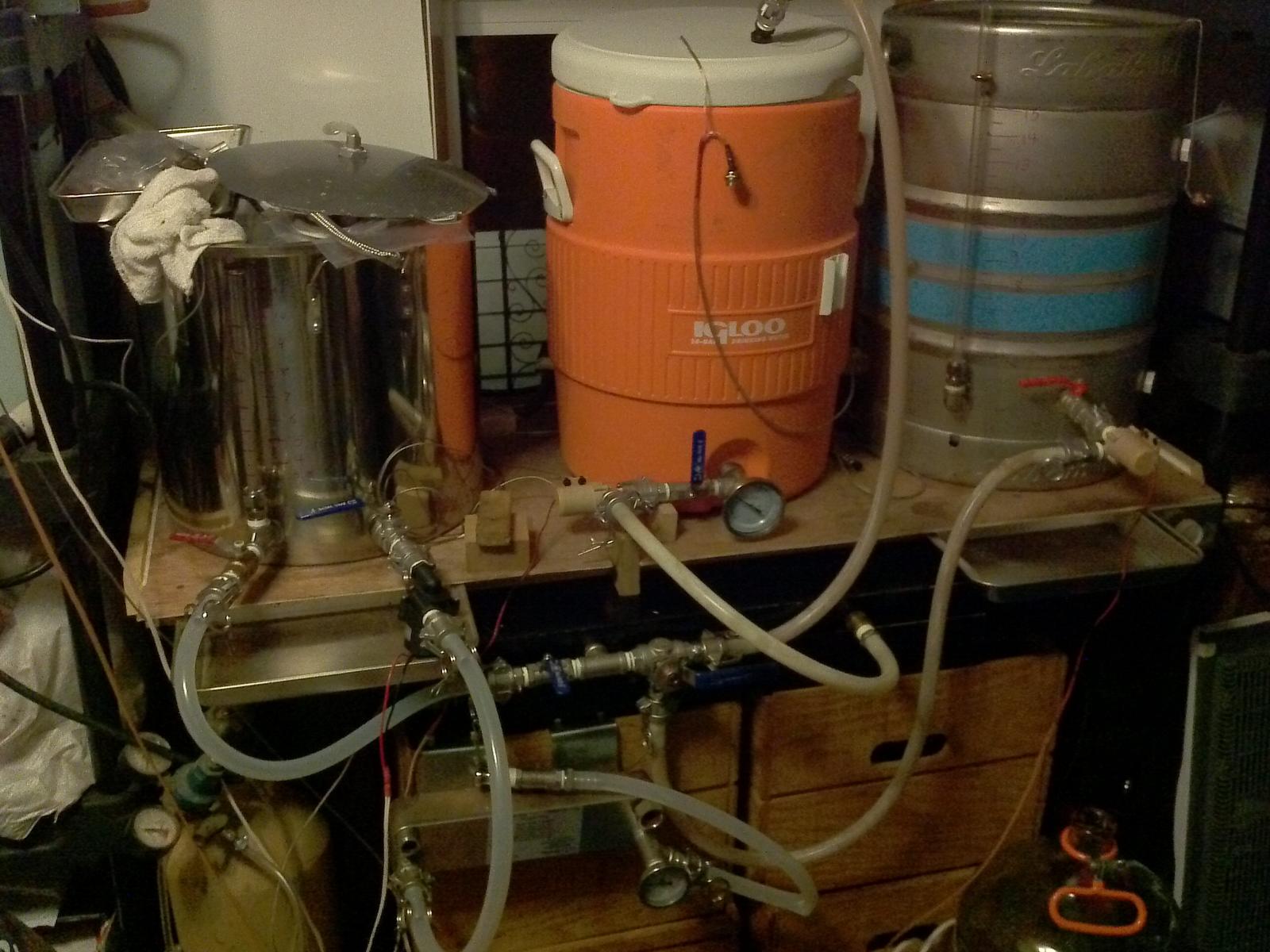I have had some customers asking that I start stocking 3/4" fittings and silicone tubing. I'm not 100% sold because I think it's a limited market and buying any of this stuff in smaller quantities is cost prohibitive. I did just get a few hundred feet of 3/4" ID silicone, but I do think having a size mismatch takes some flexibility out of the QD system and the idea of any to any pumping.
Bobby, I would buy them if you had them. I bought my keg bottom drains and camlocks from you and would love to replace the entire inlet side of my system to 3/4 inch (including the bottom drain kit). This would especially help when I am cleaning grain from the mash tun.


















![Craft A Brew - Safale BE-256 Yeast - Fermentis - Belgian Ale Dry Yeast - For Belgian & Strong Ales - Ingredients for Home Brewing - Beer Making Supplies - [3 Pack]](https://m.media-amazon.com/images/I/51bcKEwQmWL._SL500_.jpg)
























